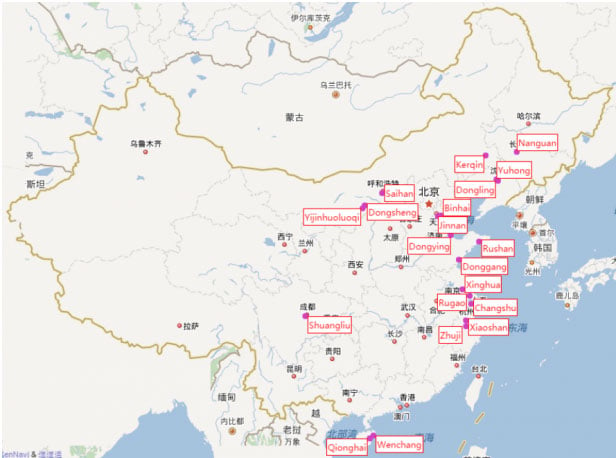Best of 2015: Data Mining Reveals the Extent of China’s Ghost Cities
In recent years, China has undergone a period of urban growth that is unprecedented in human history. The number of square kilometers devoted to urban living grew from 8,800 in 1984 to 41,000 in 2010. And that was just the start. China used more concrete between 2011 and 2013 than the U.S. used in the entire 20th century

Some of this building has been misplaced. In various parts of China, developers have built so much housing so quickly that it has outstripped demand, even in the world’s most populous country. The result is the well-publicized phenomenon of ghost cities—entire urban areas that are more or less deserted.
But much of the reporting on ghost cities is anecdotal or based on unreliable measurements such as a simple count of the number of lights on at night in residential buildings. That’s a particularly inaccurate method, not least because it ignores seasonal variations caused by tourism. Many places are busy during the tourist season but empty during the off-season, and not just in China. So being unable to distinguish these from ghost cities is something of a problem.
And that raises an interesting question: how bad, really, is the problem of ghost cities in China?
Keep Reading
Most Popular
Large language models can do jaw-dropping things. But nobody knows exactly why.
And that's a problem. Figuring it out is one of the biggest scientific puzzles of our time and a crucial step towards controlling more powerful future models.
The problem with plug-in hybrids? Their drivers.
Plug-in hybrids are often sold as a transition to EVs, but new data from Europe shows we’re still underestimating the emissions they produce.
Google DeepMind’s new generative model makes Super Mario–like games from scratch
Genie learns how to control games by watching hours and hours of video. It could help train next-gen robots too.
How scientists traced a mysterious covid case back to six toilets
When wastewater surveillance turns into a hunt for a single infected individual, the ethics get tricky.
Stay connected
Get the latest updates from
MIT Technology Review
Discover special offers, top stories, upcoming events, and more.